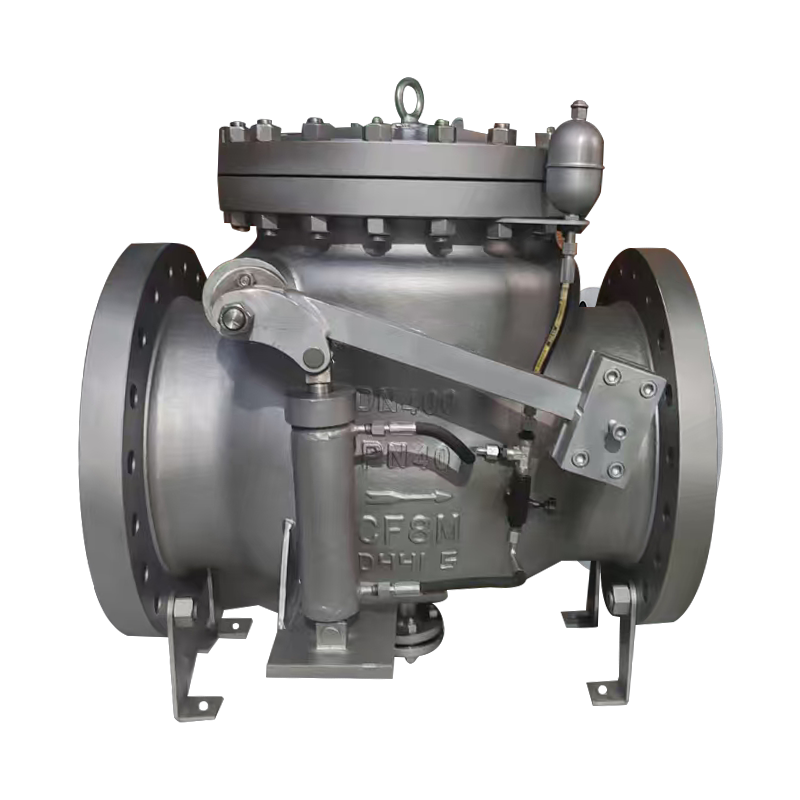

Stainless steel ball valves are widely used in various industries because of their durability and resistance to harsh environments. A Stainless Steel Ball Valve Factory produces these valves with different grades of stainless steel, tailored to meet the needs of applications ranging from water treatment to chemical processing. Understanding the corrosion resistance of these valves is essential for anyone considering their use in industrial or commercial systems.
The main factor that determines the corrosion resistance of stainless steel ball valves is the type of stainless steel used in manufacturing. Common grades include 304 and 316 stainless steel. While 304 stainless steel is suitable for many general-purpose applications, 316 stainless steel offers better protection against corrosive substances such as chlorides and certain acids. A Stainless Steel Ball Valve Factory often specifies the steel grade in its product catalog to help customers select the right valve for their environment.
In addition to the steel grade, the surface finish of the valve plays a critical role in corrosion resistance. Polished surfaces reduce the likelihood of corrosive agents adhering to the valve body, which in turn lowers the risk of rust formation. Factories producing stainless steel ball valves often apply electropolishing or passivation treatments to enhance the natural protective oxide layer of the stainless steel. These processes make valves more resistant to pitting, a localized form of corrosion that can occur in aggressive environments.
Another aspect that affects durability is the design of the valve itself. Valves from a Stainless Steel Ball Valve Factory usually incorporate precision-engineered seats and seals to prevent leaks. Corrosion at the joint or seal can compromise performance, so many manufacturers use PTFE or similar resistant materials for internal components. Regular inspection and maintenance can further prolong the service life of these valves, even in demanding conditions.
Environmental factors also influence how well a stainless steel ball valve resists corrosion. In industrial settings with high humidity, salt spray, or exposure to chemical agents, 316-grade stainless steel tends to perform better than 304-grade steel. However, even high-grade stainless steel can face issues if not properly maintained. Periodic cleaning to remove deposits and checking for early signs of wear are recommended practices to ensure the valve continues to function reliably over time.
Temperature fluctuations can also impact corrosion resistance. Stainless steel can maintain structural integrity at elevated temperatures, but repeated exposure to extreme conditions may eventually affect the protective oxide layer. When selecting valves from a Stainless Steel Ball Valve Factory, it is important to consider both the operating temperature range and the type of fluid the valve will handle. Matching these factors with the valve specifications helps reduce the risk of premature corrosion.
In addition to technical performance, the manufacturing process itself influences corrosion resistance. Factories adhering to quality control standards, such as ISO certifications, tend to produce valves with consistent material quality and surface treatment. This attention to detail ensures that each valve performs as expected under corrosive conditions and maintains reliability over its intended lifespan.
Stainless steel ball valves from reputable factories provide a practical solution for many applications where corrosion is a concern. By considering the steel grade, surface treatment, design features, environmental factors, and maintenance practices, users can select valves that remain functional and safe over time. While no material is completely immune to corrosion, stainless steel valves offer a balance of durability and resilience that suits a wide range of industrial needs.

